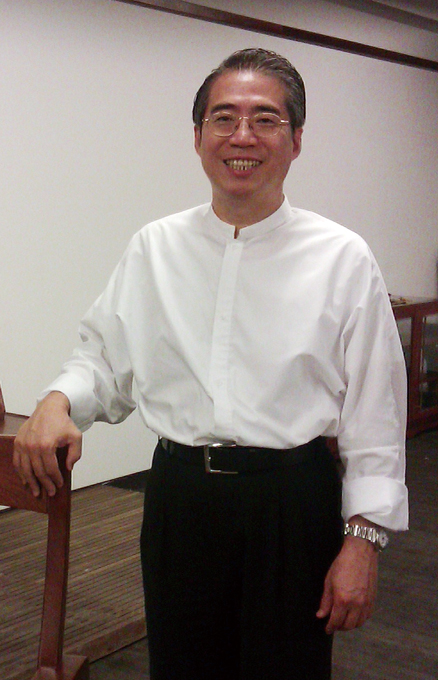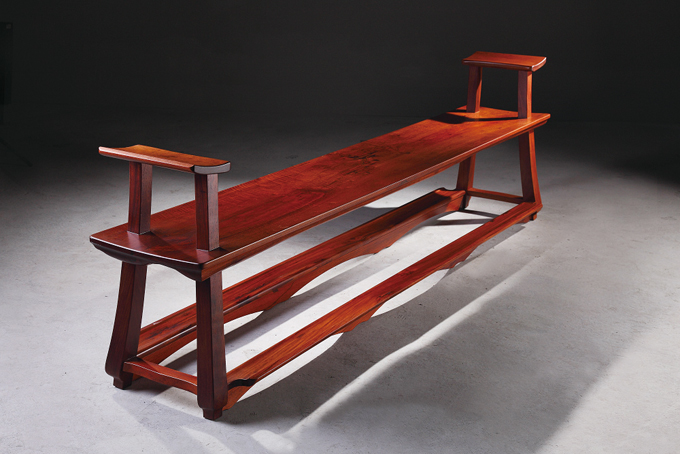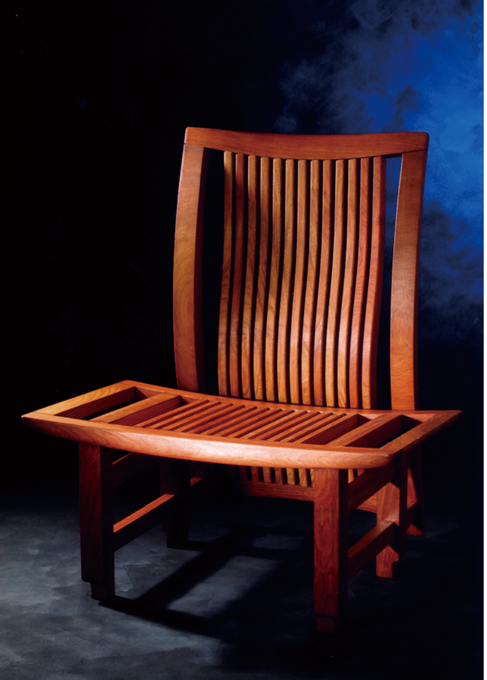TFPA Chairman Talks About Essence of Taiwanese Furniture Trade
Maintaining tradition is how an industry finds faith and confidence
2012/06/21 | By Michelle HsuAfter undergoing transition in the late 1990s, the Taiwan furniture industry has awakened to a strategy taken for granted in the West and often practiced with considerable success, with an increasing number of companies learning the art of and investing in branding.
This new trend started at the beginning of the 21st century and is marked by two mainstream styles—innovation and craftsmanship—in product design, says Lu Yuan-hua, chairman of the Taiwan Furniture Properties Association (TFPA).

Lu says that such transition to focus on branding is out of necessity rather than a gradual upgrading for Taiwanese furniture makers who were pushed to the brink by massive offshore migration to emerging nations for lower cost after China opted for a market economy. During 1991-2000, most furniture makers were making products loosely marked by “innovative transformation” and “nostalgia,” which mired them in the vicious-cycle of OEM with meager margins, unsteady orders and relentless threat from emerging undersellers.
Nostalgic Style
Taiwanese furniture makers have never strayed far from contemporary and nostalgic styles of design and development, with the former typically made to fit present-day lifestyle and latter made to continue traditional craftsmanship, or in essence to retain traditional craft while pursue trendiness, says Lu.
Maintaining tradition is how an industry finds faith and confidence, hence there remains a small batch of companies making traditional Taiwanese-style or more broadly Chinese-style furniture even when exports thrived from 1966 to 1990, especially larger makers who filled orders for western-styled products. Lu regards the export-dominated period as being marked with two main styles: “international” and “indigenous.”
While earning the envious title of “Furniture Empire” during the export-dominated period, Taiwanese furniture makers were forced into submission, merely filling orders without being able to be creative, says Lu.
Global Trend
There also has been a gap between technique and industrial progress, where old-school craftsmanship has not kept up with industrial progress. Such gap was amplified during the export-dominated period when output was prioritized at the expense of craftsmanship, Lu notes.
Craftsmanship is the intangible asset often left behind during industrial progress. Fortunately, such trend is being reversed in the current era of cultural innovation that is rediscovering the importance of traditional craftsmanship in furniture-making, according to Lu.

Coincidently, there is even an emerging emphasis on traditional craftsmanship on the global scene. The Milan Furniture Fair (Milano Salone), a leading platform for new products by designers, lighting and other home furnishings, features a growing percentage of casual, minimalistic furniture accentuated with intricate detailing.
The High Point Furniture Show was also marked with more furniture made with reclaimed wood and traditional techniques, a trend of eco-friendly design to show contemporary lifestyle in the new century when rising eco-consciousness motivates consumers to use less natural resources and live simply, a global trend that is pushing furniture designers to use reclaimed wood.
Lu, who started furniture design career in 1996, has created several masterpieces featuring skilled combination of contemporary looks and traditional woodworking techniques. His Dialogue Bench is a casual seat enabling users to relax while chatting and is made of wood left from production.
Design Motto
Lu stresses the relationship between product and user when designing furniture, and for example, tries to create private, comfortable space for user when designing a chair. Lu's other masterpiece, “Chair of Territory,” confirms such belief to design an extra large seating area to allow leg-crossing, squatting to offer greater flexibility, with ergonomic curvature on the seat and back to enhance sitting comfort.

Lu considers furniture the cradle of security in daily life, being not only a utilitarian tool used daily but also holding traces of tradition, customs and indigenous art, summing up furnishings as cultural meme.
Lu, 3rd term chairman of the TFPA that was established in 2005 to gather industrial experts and scholars to review the evolution of Taiwan's furniture industry, says that Taiwanese furniture is basically modeled after traditional Chinese counterparts. But the unique history of the island has given Taiwanese furniture room for individual interpretation in styles that has evolved with time.
In his paper presented at the TFPA-organized furniture conference in celebration of Taiwan's centennial last year, Lu summed up the six historical periods based on the mainstream furniture styles from the late Ching Dynasty to today:




